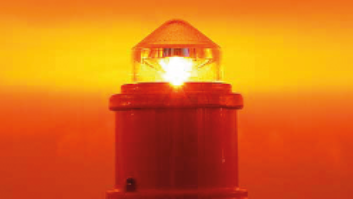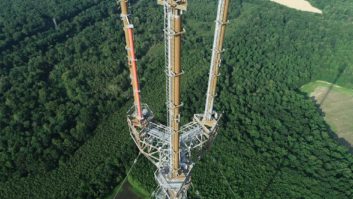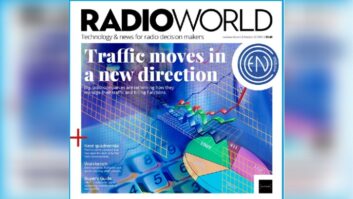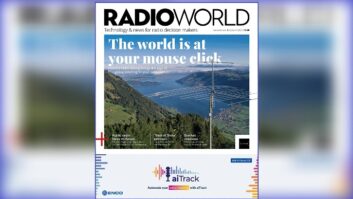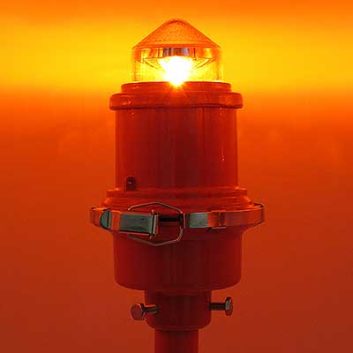
Here’s a note for broadcasters who own their own towers:
The Federal Aviation Administration has known for more than a decade that certain high-intensity red LED-based obstruction lights on communication towers are visible to the naked eye but invisible to those wearing night vision goggles (NVG) in most cases.
The FAA previously issued advisories addressing non-NVG compatible LED lighting systems, but in November 2020 it levied final orders to require manufacturers meet a new specification for certified red LED-based obstruction lights that include Infrared (IR) emitters to make lighting systems more visible to pilots using NVG.
Several light manufacturers have already standardized on the new IR LED lighting, according to experts familiar with the issue.
The use of NVGs and Night Vision Imaging Systems (NVIS) is increasing in civilian aviation to conduct search-and-rescue, emergency medical transport and other flight operations, according to the FAA.
It says certain legacy LED lighting systems fall outside the combined visible and near-infrared spectrum of NVGs, and thus are not be visible to some flight crews. LED-based lighting has largely replaced incandescent technology for red (and some white) obstruction lighting because of its reduced maintenance requirements and extended service life.
Existing non-IR LED tower beacons are grandfathered in, but going forward all certified LED Aviation Obstruction Lighting installed for newly constructed towers or FAA circular updates must be NVG-friendly, according to the FAA.
Broadcasters who own tall towers will need to upgrade to the new certified red LED-based beacons in the normal course of replacing their tower lighting systems, according to the FAA. However, since the new specification ensures the light is visible to pilots operating with night vision goggles, there is risk of a pilot misinterpreting the tower height if a legacy intermediate-level light is replaced with one that meets the new specification unless the top light meets the new specification as well.
“Therefore, if a legacy specification intermediate-level LED-based light is replaced with a light that meets the new specifications, then the top-level light(s) on the obstruction must also meet the new specification to ensure the entire obstruction is visible during the use of night vision goggles,” according to the FAA Advisory Circular issued in November.
Tower consolidator Vertical Bridge recommends broadcasters call their lighting manufacturer and provide them with serial numbers of their red color LED obstruction markers to determine if the pre-existing fixtures on the tower are NVG compatible and are equipped with an IR emitter.
“Knowing that the rule change was coming for several years now, we started upgrading our systems as part of our normal repair and replace program. It’s important that tower owners, including broadcasters, use night vision goggle-friendly lighting going forward,” said Bernard Borghei of Vertical Bridge.
The FAA notes that failure of the IR component merits a NOTAM, a Notice to Airmen, and must be reported even though the LED light may still be flashing.
Any structure that exceeds 200 feet above ground level generally needs to be marked and/or lighted, according to the FAA.
